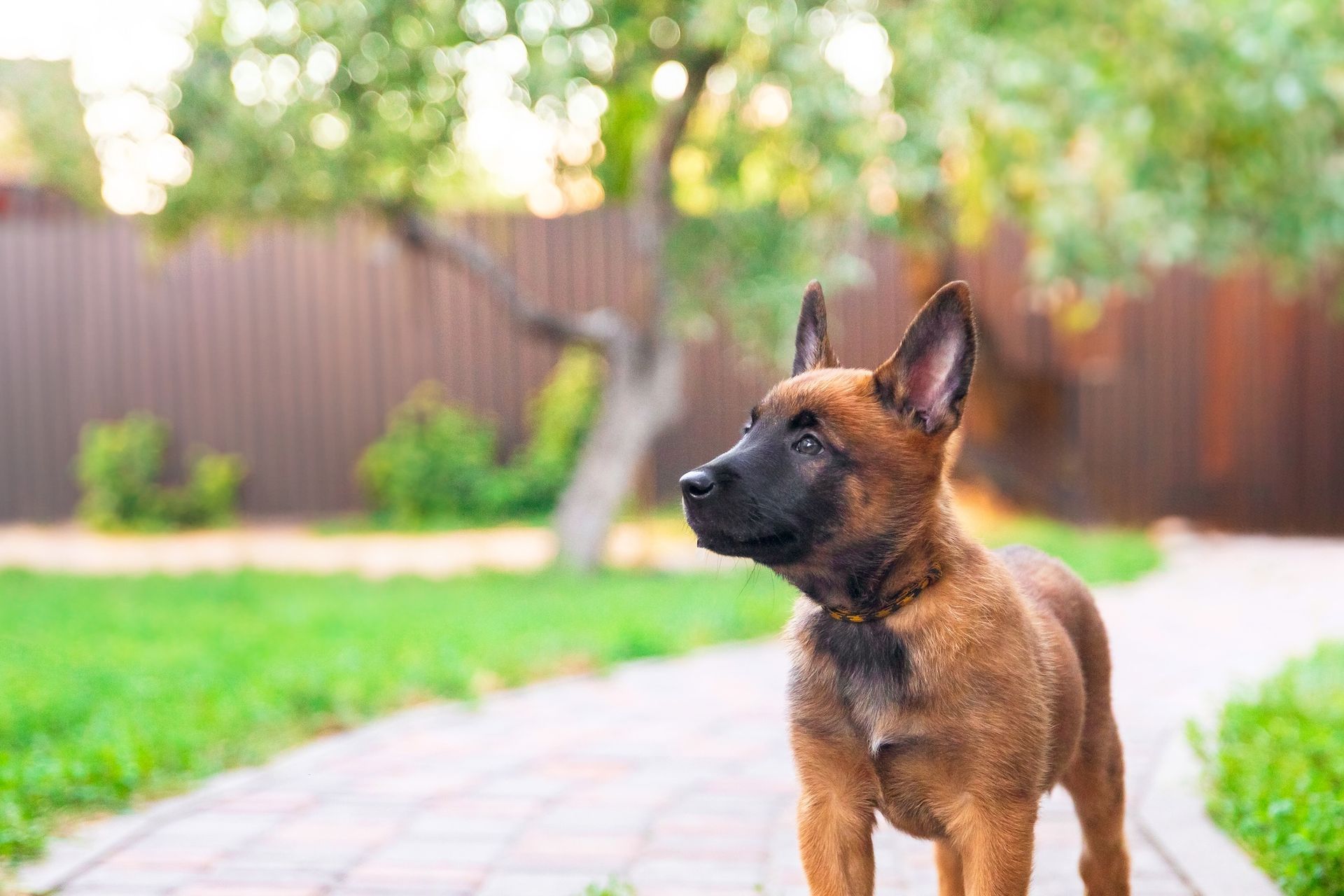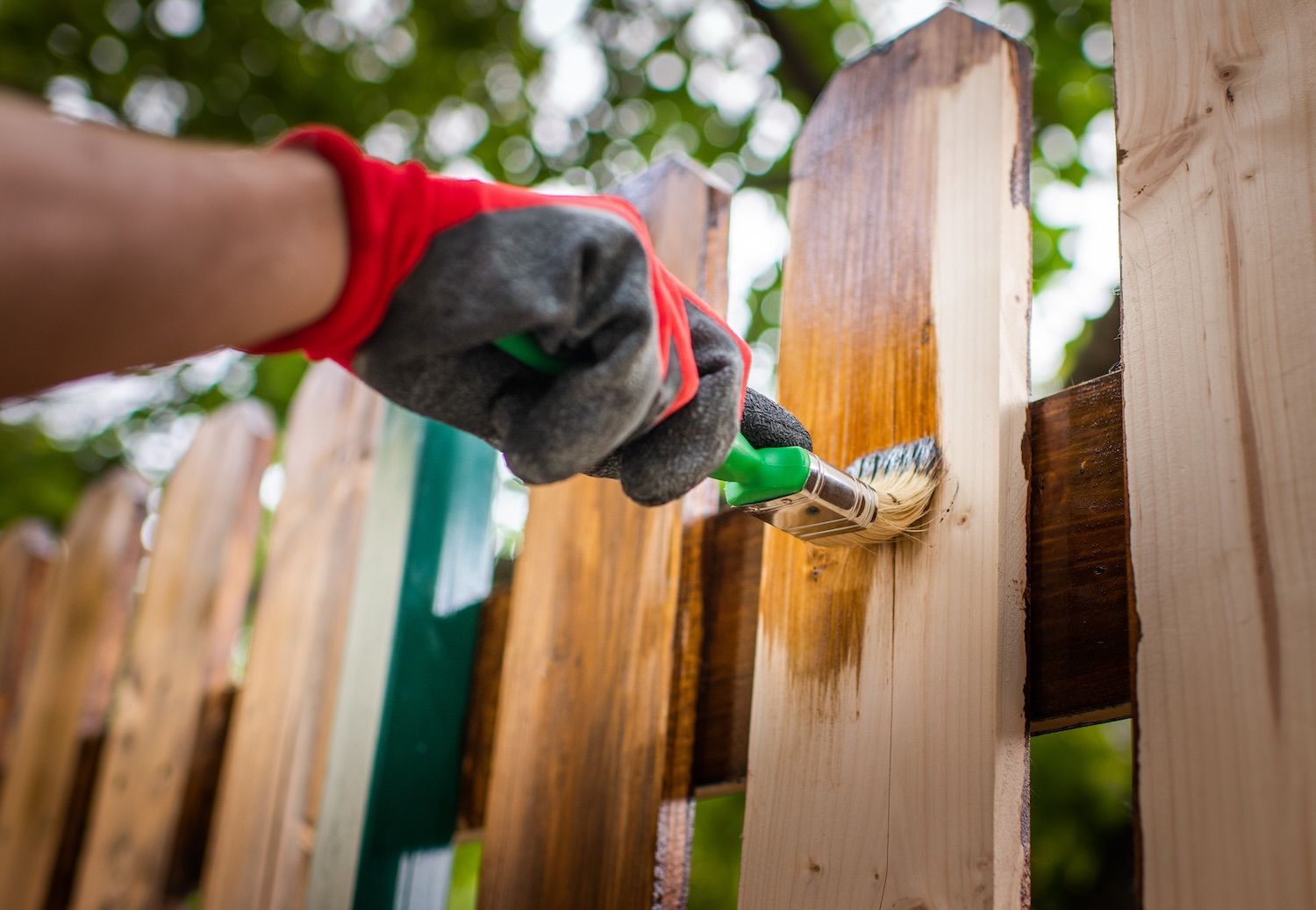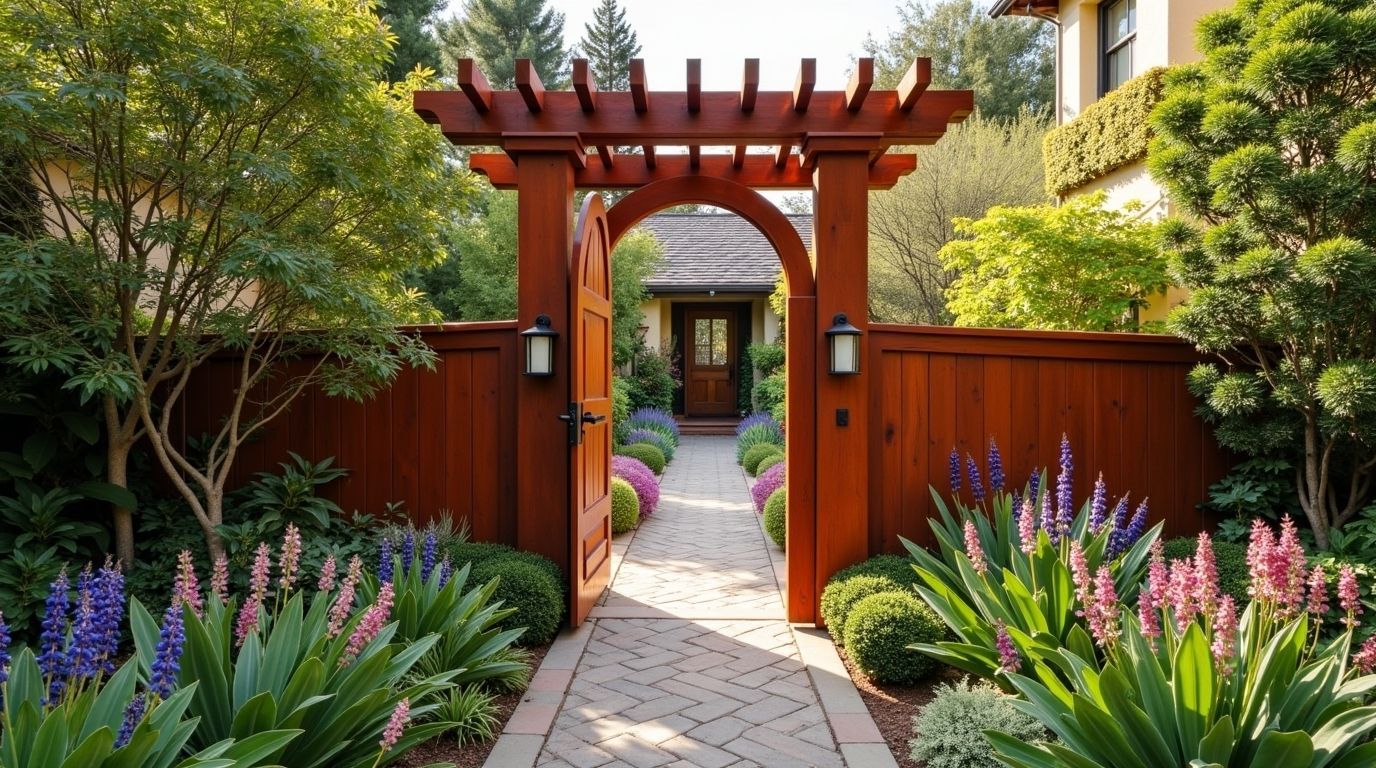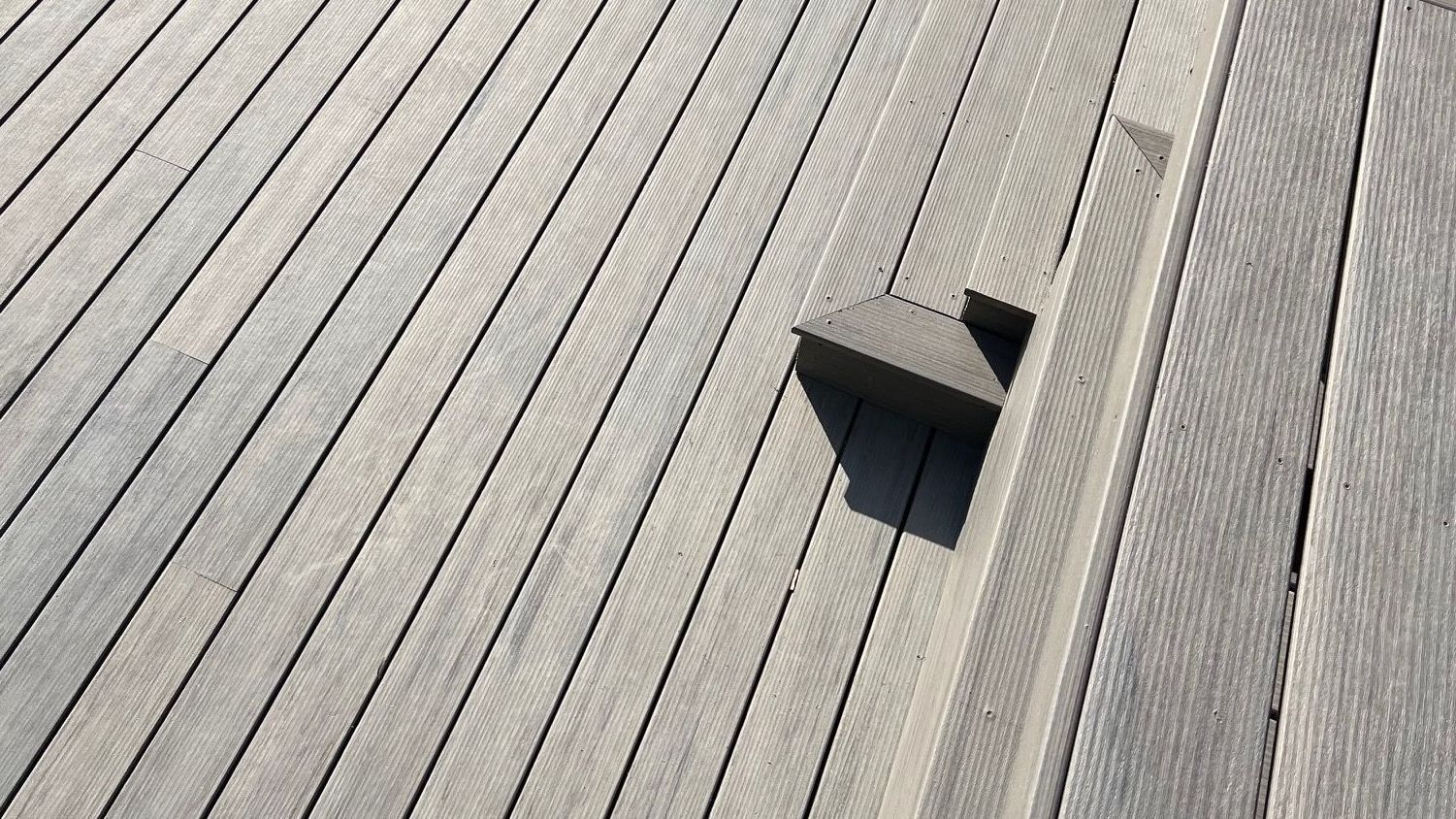What Are the Best Fencing Solutions for Keeping Pets Safe in My Yard?
What Are the Best Fencing Solutions for Keeping Pets Safe in Your Yard?
The American Pet Products Association (APPA) says that 94 million US households have at least one pet, which is a significant increase from 82 million in 2023. While some pets (like turtles and small rodents) are easier to keep track of, others (like dogs) can be more difficult to wrangle. You want your furry companions to have enough space and physical activity to stay happy and fit. However, you also want them to stay contained and safe, as you never know what's out there. Whether it's cars or predators, threats need to be minimized. So what fencing solutions can provide yard security for pets?
Read on to see what secure fencing options are available.
Pet-Safe Fencing Options
We at C & J Fencing have several choices for pet-friendly fencing. Here are the ones you can consider to keep your four-legged friend from escaping or getting injured.
Hog Wire Panels
Hog wire panels involve a wire mesh that's sandwiched within a wood frame. It's often called "picture-frame hog wire fencing."
This type of fencing is advantageous because it has excellent visibility and is very strong too. It's escape-proof for both dogs and other garden animals, and it can keep unwanted wildlife out too.
So if you have active dogs that like to see beyond the yard, then hog wire panels are fantastic. Or if you have a yard with chickens and gardens, this option can be ideal too. It's a breathable fencing choice that's outstanding if your pets aren't climbers.
If you install a kick plate, then it can be extra durable as well.
Solid Board Nail-On
The solid board nail-on fence consists of flat-topped vertical boards that are held tight togethere so there are no gaps. A similar style is the dog-ear nail-on; it's the same, but the one difference is that it has angled top corners.
Regardless, this is one of the best fence types for pets since there's no space for small dogs to squeeze through. In addition, it gives you full privacy from your neighbors, and it's durable and tidy as well.
If you want to go the extra mile, consider pairing it with a ground side skirt or trim. That way, your pets can't dig underneath and escape that way.
Board-on-Board
Board-on-board is also a great choice if you want security for your animals. It has overlapping boards that create a continuous barrier, and this applies to both sides of the fence.
What's great about this design is that it's a customizable aesthetic. In addition, you'll get high visual/privacy blocking while still getting robust build quality.
Key Design Elements to Keep Pets Secure
Picking the right fencing solution is just one part of keeping your animals safe. There are several design elements you should consider as well.
Height
In most cases, dogs are deterred by fences that are six feet high. However, you need to take the breed of your dog into account.
There are certain types that have impressivejumping abilities, so you'll have to go extra high. You may need up to eight feet of fencing to keep them in.
Gaps
Animals can be smaller than they appear. Fur and feathers can make them appear poofy and large, but in reality, they're able to slip through small gaps in fence boards.
To be safe, your board spacing should be no more than three feet, or they should be in an overlap style. That way, you can stop small or agile pets.
Ground Contact
For the best protection, your fence should meet the soil directly and have ground contact. As we've mentioned above, creatures can get through the smallest gaps, so it's better to be safe than to be sorry.
If you have animals that are diggers, then consider burying wire or installing an anti-dig flange or an in-ground barrier.
Climb Resistance
Even if you have a high fence, there are some pets that are tricky and smart. They'll scale the highest of fences if they can!
To combat this, opt for smooth surfaces like redwood. To reduce climbing risks further, avoid having interior ledges or footholds.
Gates
You can't just have a fence without a way to get in and out of your property. Gates are an important consideration too, especially custom ones made by C & J Fencing.
We can ensure that there are matching secondary locks and no gaps underneath for a quick escape.
Additional Measures to Fortify Fences
As we've mentioned earlier, you can use anti-dig barriers such as buried mesh or rod fencing to prevent your pets from going under the fence and out.
But what else?
One option is dog training boundary markers. These are a non-destructive way to help reinforce where the fence line is.
There are also special collars that provide invisible barriers. There are wireless, in-ground, and GPS boundary collars, and all of them can create zones based on your specifications. However, do note that you'll still need to correctly train your pets and keep up with it.
Choosing Your Fencing
First, define your priorities. For example, do you want durability, or would you like to focus on privacy?
Next, you should consult with installers. That way, you can address terrain-specific issues, such as slope or drainage.
Once you've had your fence installed, inspect it regularly for:
- Wear
- Loose boards
- Sagging gates
Consider the Above Fencing Solutions for Keeping Your Pets Safe
As you can see, there are several fencing solutions if you want to keep your animals safely contained in your yard. It's most effective to combine physical barriers with training and additional measures to fully reinforce safe boundaries.
If you aren't sure what fencing solution is best for your situation, then don't hesitate to consult with installers. They can assess your situation and make the best recommendation for both your pets and your wallet.
Get in touch with us now if you want a free estimate for pet containment solutions. C & J Fencing has over 20 years of experience in the counties of Contra Costa and Alameda.




